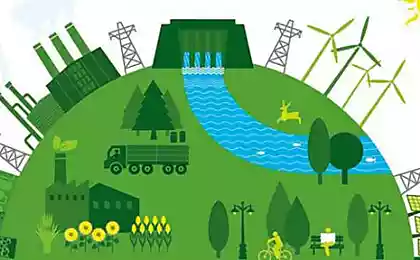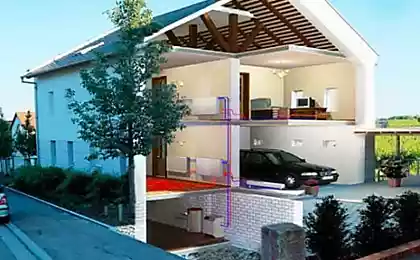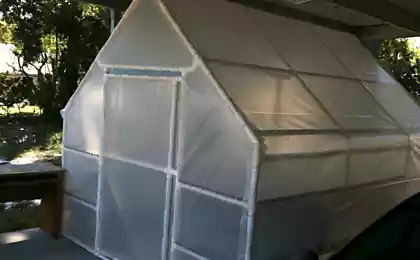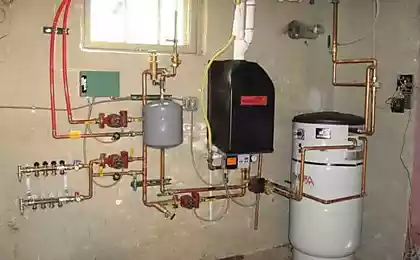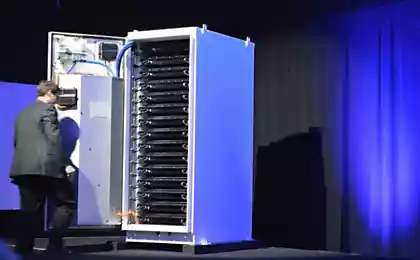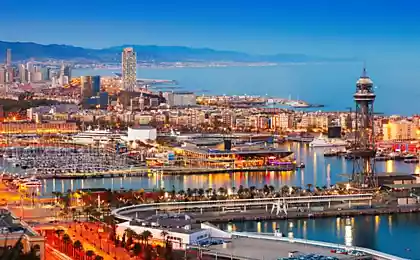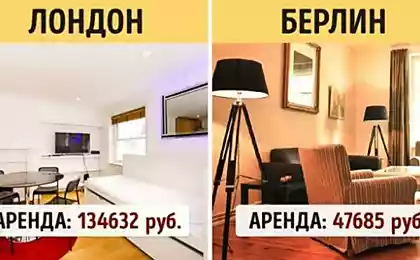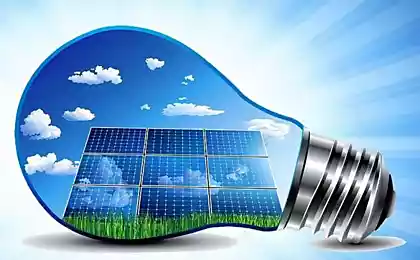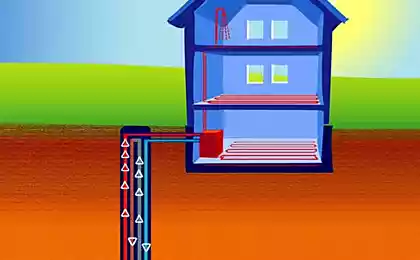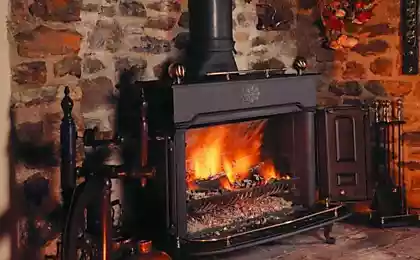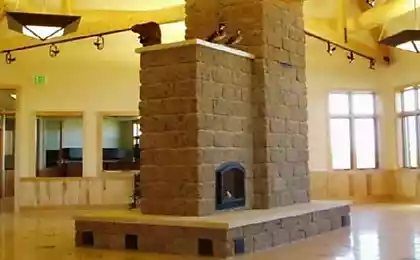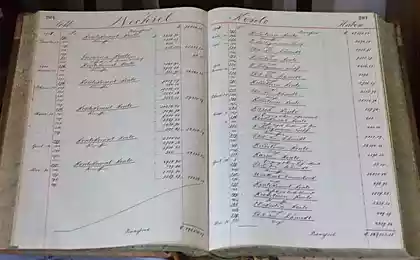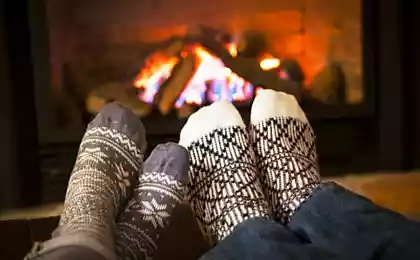508
Money through love: save on utility platifina
Reducing the cost of electricity today is not only environmentally beneficial but also economically beneficial. When it comes to reviewing the budget for the maintenance of your home, there are some tips that will help you to reduce your costs and will be beneficial to the environment.
Such processes as heating and cooling account for 50 to 70% of the energy consumed and consequently, money. There are many options to reduce costs and increase efficiency.
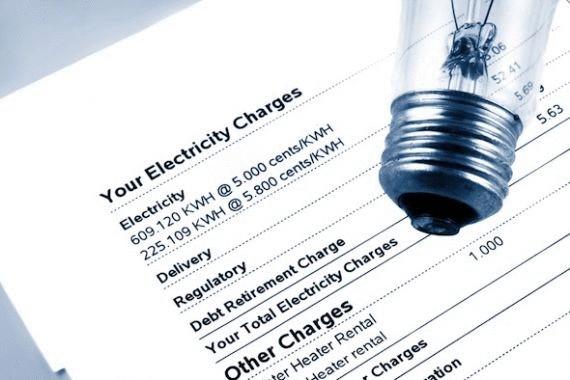
Insulation
Insufficient insulation and drafts get into account the biggest losses in your budget. Also insulation is the easiest way to conserve heat or coolness in your home. Since the insulation is a kind of "shell" of your home, its efficiency will help make your home more comfortable by maintaining therein a uniform temperature; to make the ceilings, walls and floors warmer in winter and cooler in the summer; reduce your spending on electricity.
What and where to insulate?
The attic. If you have an attic, then this is the easiest place to insulate. Recommended thickness of the insulating layer is 30-40 inches, depending on insulation type.
Water pipes. Insulation of hot water pipes reduces heat loss and can raise water temperature by 1-2 C in the isolated pipes. This allows you to change the settings of the water heating and reduce energy costs. You don't have to wait long for hot water when you open the shower faucet, saving water consumption.
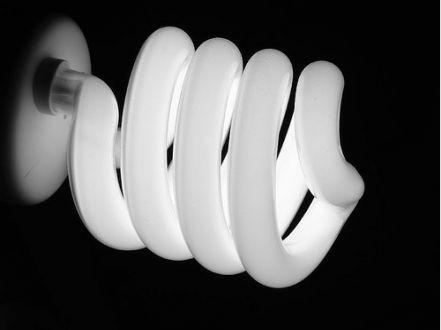
Airtight seal
Airtight seal is a type of insulation that will help to significantly reduce your costs for heating and cooling.
Air flow can be not only uncomfortable, but also to bring unnecessary moisture and heat in your home. In addition to the Windows, chimneys, fireplaces and doors, there are still places that can leak a draft – they also have to be sealed:
— any holes or cracks where two walls meet, wall, ceiling or door frame;
— gaps around electrical outlets, junction boxes and recessed lights;
— gaps around recessed cabinets, around the fixtures in a suspended or standard ceiling.
— gaps around attic hatches and retractable stairs;
for bath or shower.
Lighting and water supply
Replace all light bulbs with compact fluorescent lamps. These lamps provide a pleasant light and save up to 75% of the cost of lighting.
Automatic lighting control using various sensors: time relay, presence detectors and lighting and other simple devices can save 30% to 50% of the costs.
This technique is used to conserve water and heat energy: touchless faucets with infrared sensors water-saving nozzles and shower grid, dual mode cisterns.
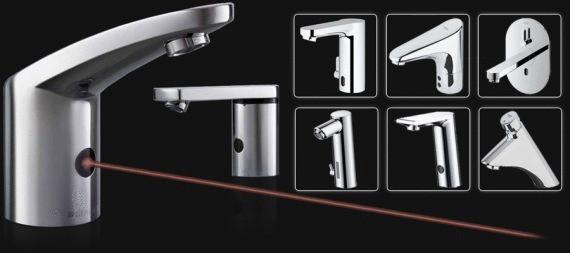
Reconstruction of your house under environmentally safe and economical option may include how to overhaul and consist of small homemade projects. With the right approach, even in the cold winter, you no longer have to use a heat gun to warm up or to sit under the air conditioner to cool off in the heat. Something as simple as replacing light bulbs, will bring you positive economic impact and will be environmentally correct step.
Source: /users/104
Such processes as heating and cooling account for 50 to 70% of the energy consumed and consequently, money. There are many options to reduce costs and increase efficiency.

Insulation
Insufficient insulation and drafts get into account the biggest losses in your budget. Also insulation is the easiest way to conserve heat or coolness in your home. Since the insulation is a kind of "shell" of your home, its efficiency will help make your home more comfortable by maintaining therein a uniform temperature; to make the ceilings, walls and floors warmer in winter and cooler in the summer; reduce your spending on electricity.
What and where to insulate?
The attic. If you have an attic, then this is the easiest place to insulate. Recommended thickness of the insulating layer is 30-40 inches, depending on insulation type.
Water pipes. Insulation of hot water pipes reduces heat loss and can raise water temperature by 1-2 C in the isolated pipes. This allows you to change the settings of the water heating and reduce energy costs. You don't have to wait long for hot water when you open the shower faucet, saving water consumption.

Airtight seal
Airtight seal is a type of insulation that will help to significantly reduce your costs for heating and cooling.
Air flow can be not only uncomfortable, but also to bring unnecessary moisture and heat in your home. In addition to the Windows, chimneys, fireplaces and doors, there are still places that can leak a draft – they also have to be sealed:
— any holes or cracks where two walls meet, wall, ceiling or door frame;
— gaps around electrical outlets, junction boxes and recessed lights;
— gaps around recessed cabinets, around the fixtures in a suspended or standard ceiling.
— gaps around attic hatches and retractable stairs;
for bath or shower.
Lighting and water supply
Replace all light bulbs with compact fluorescent lamps. These lamps provide a pleasant light and save up to 75% of the cost of lighting.
Automatic lighting control using various sensors: time relay, presence detectors and lighting and other simple devices can save 30% to 50% of the costs.
This technique is used to conserve water and heat energy: touchless faucets with infrared sensors water-saving nozzles and shower grid, dual mode cisterns.

Reconstruction of your house under environmentally safe and economical option may include how to overhaul and consist of small homemade projects. With the right approach, even in the cold winter, you no longer have to use a heat gun to warm up or to sit under the air conditioner to cool off in the heat. Something as simple as replacing light bulbs, will bring you positive economic impact and will be environmentally correct step.
Source: /users/104
